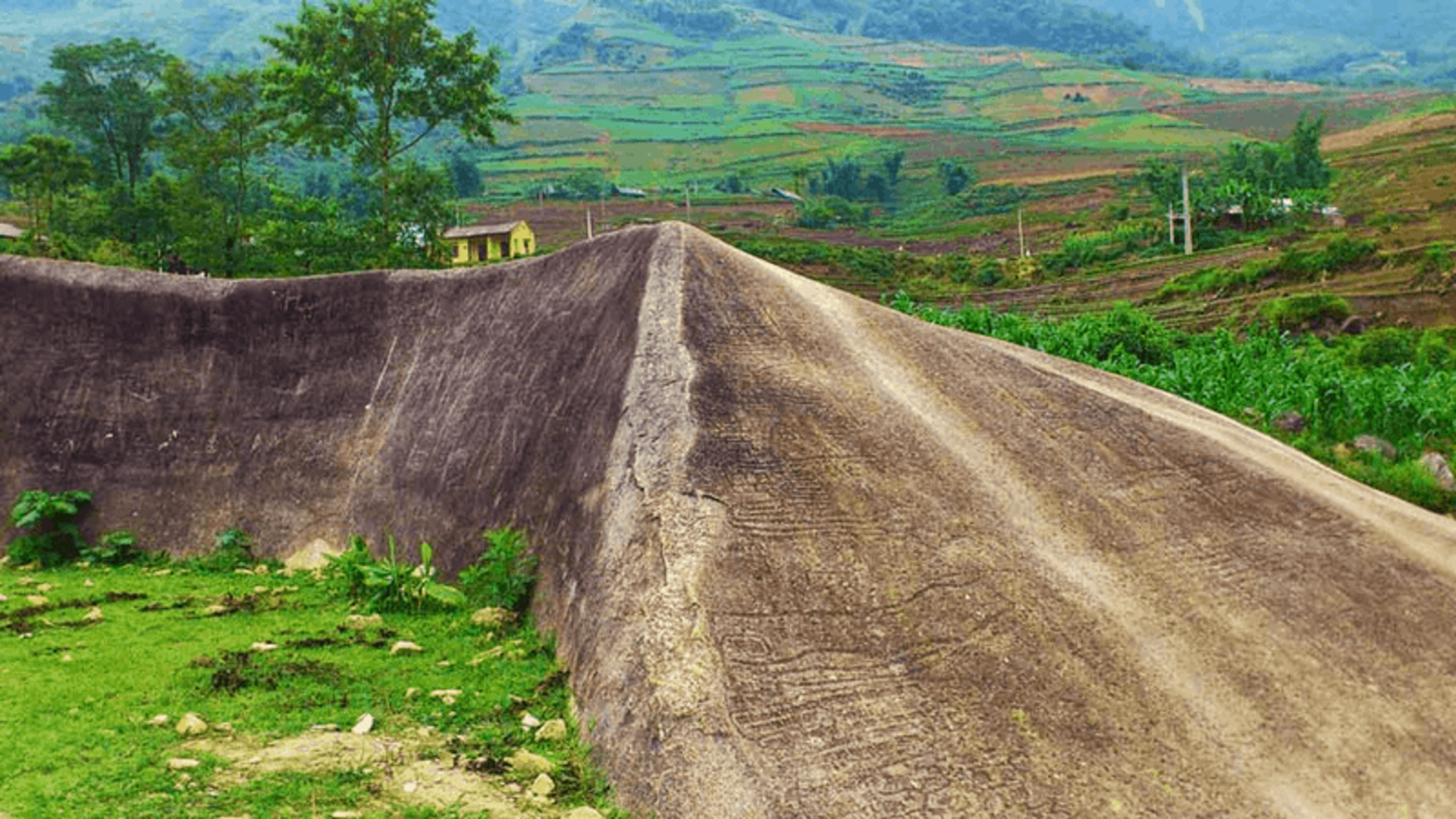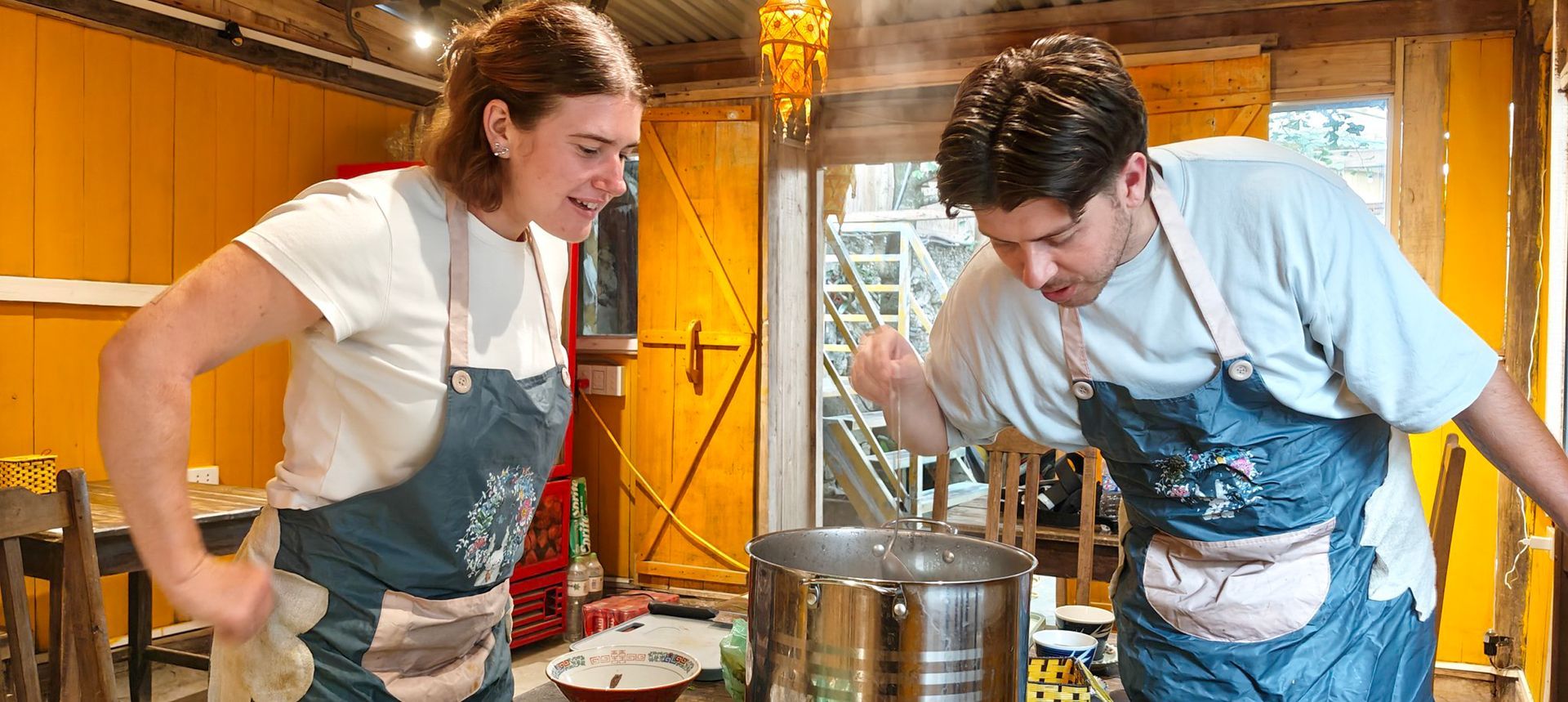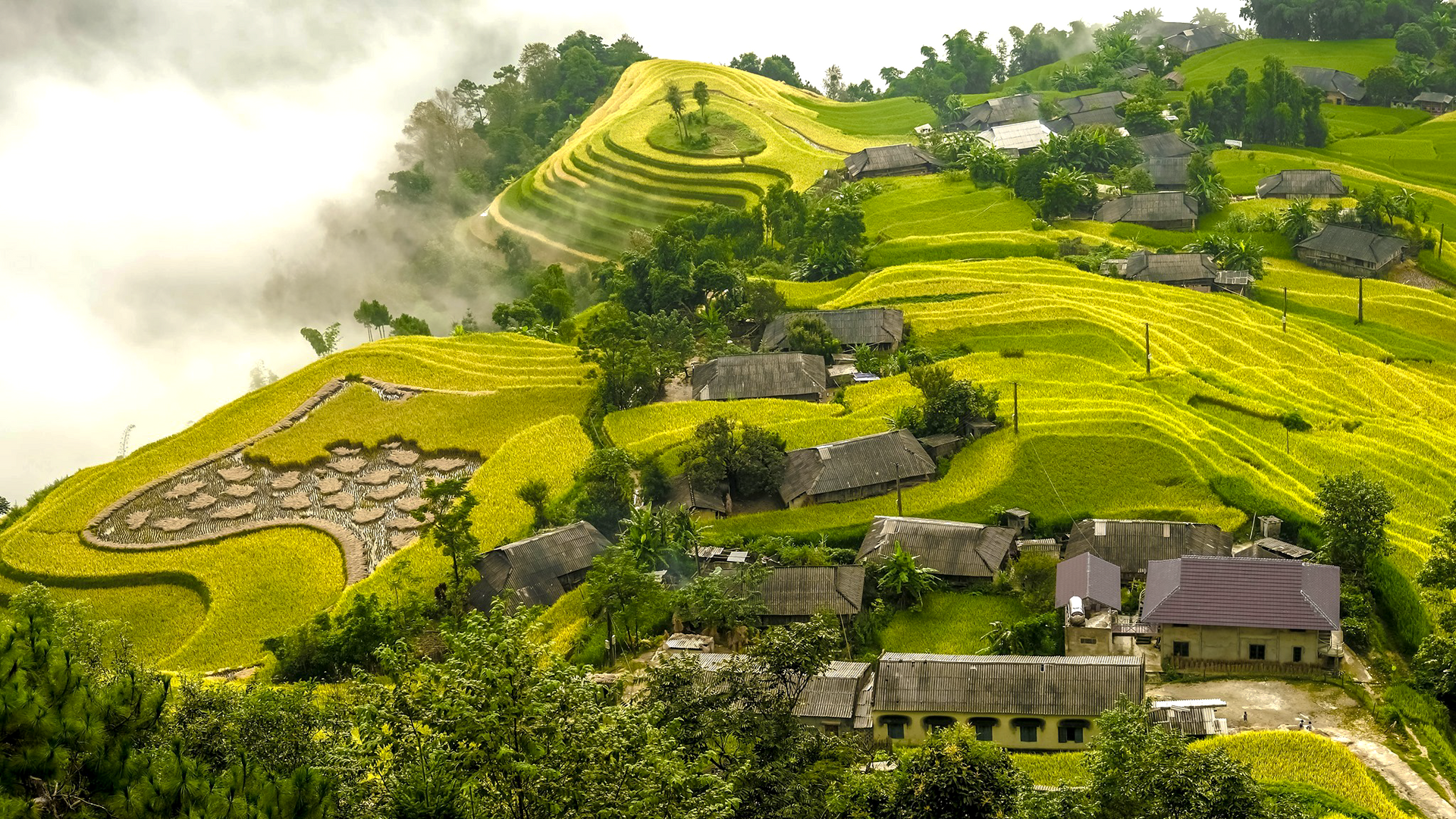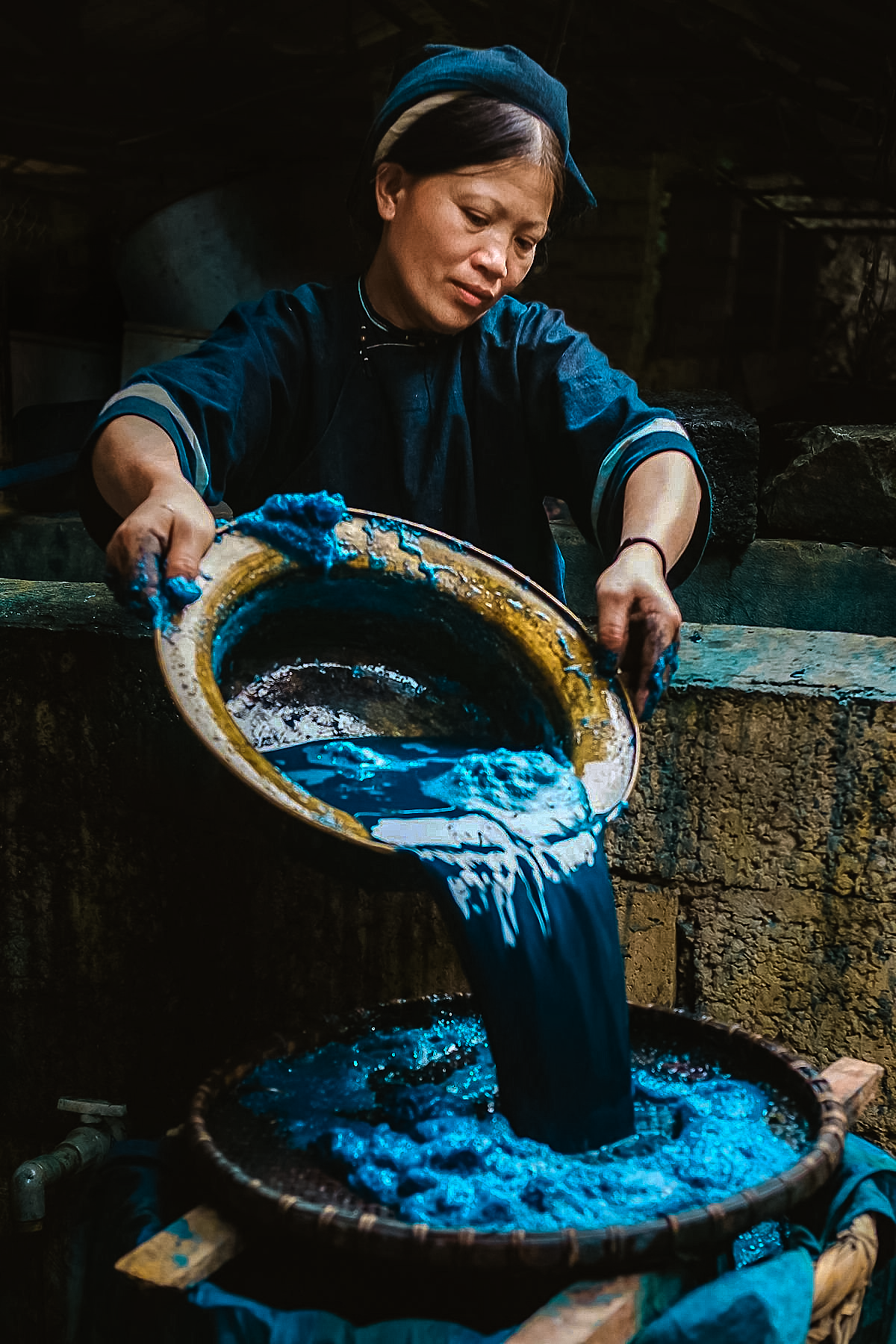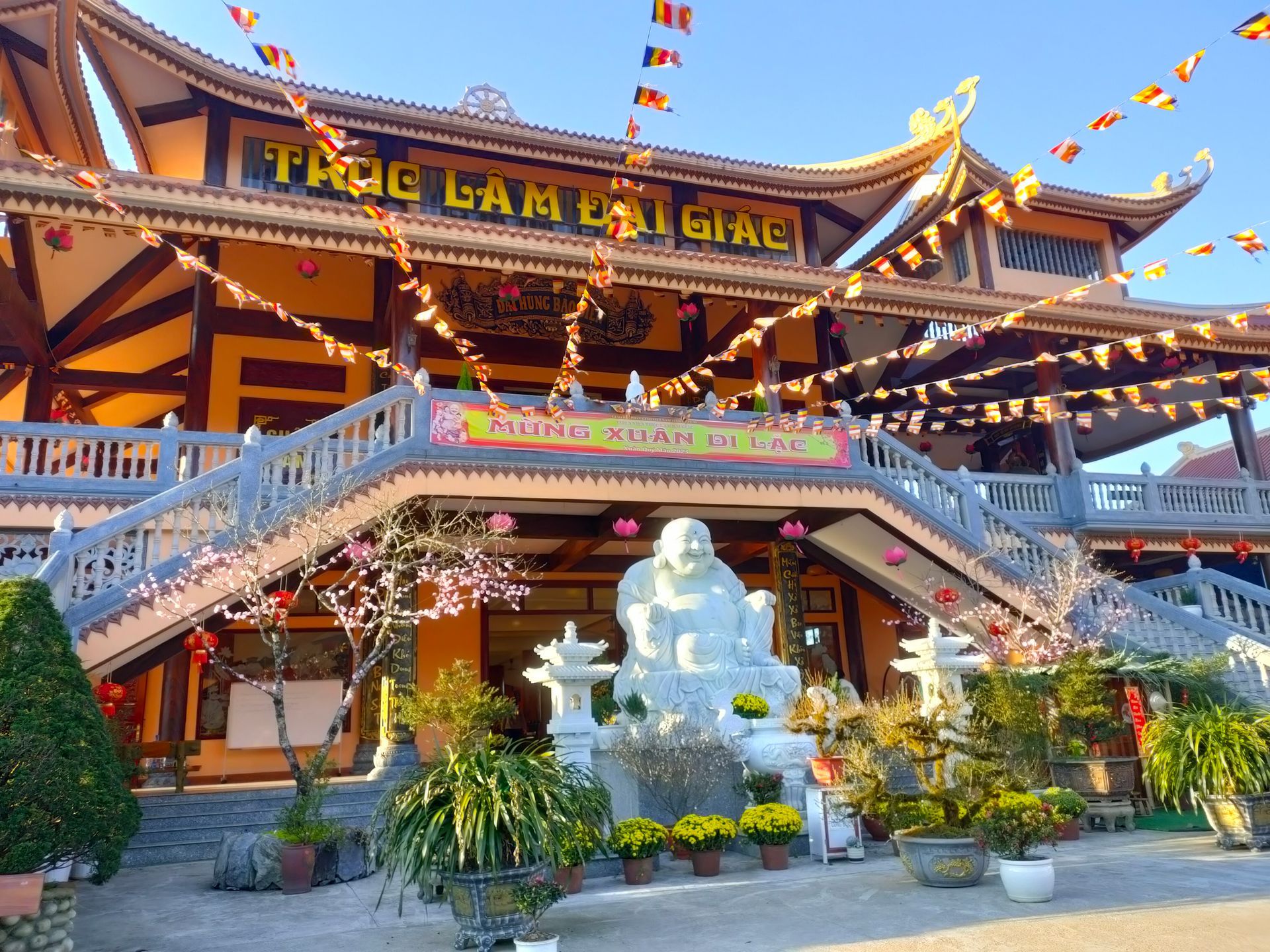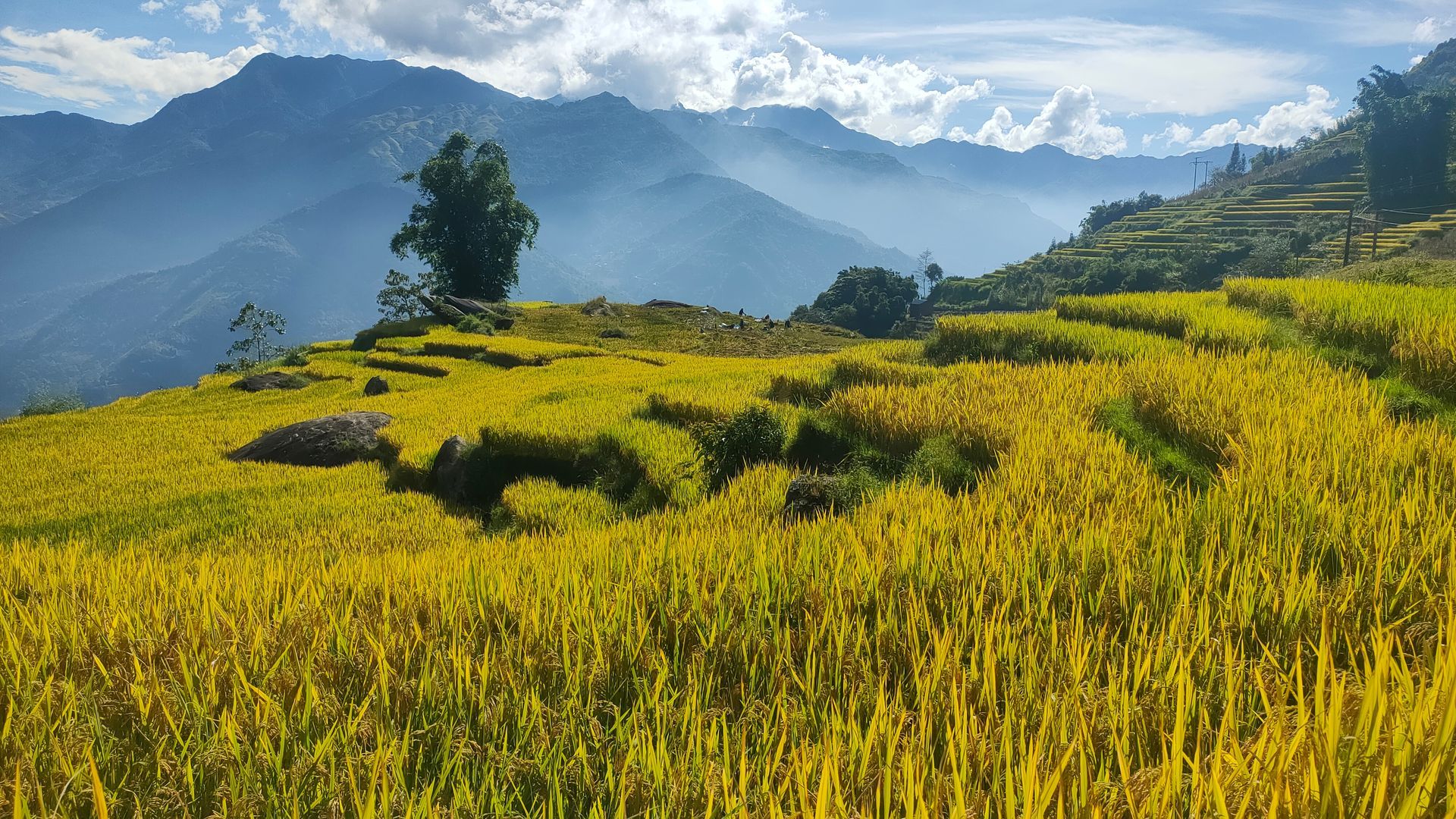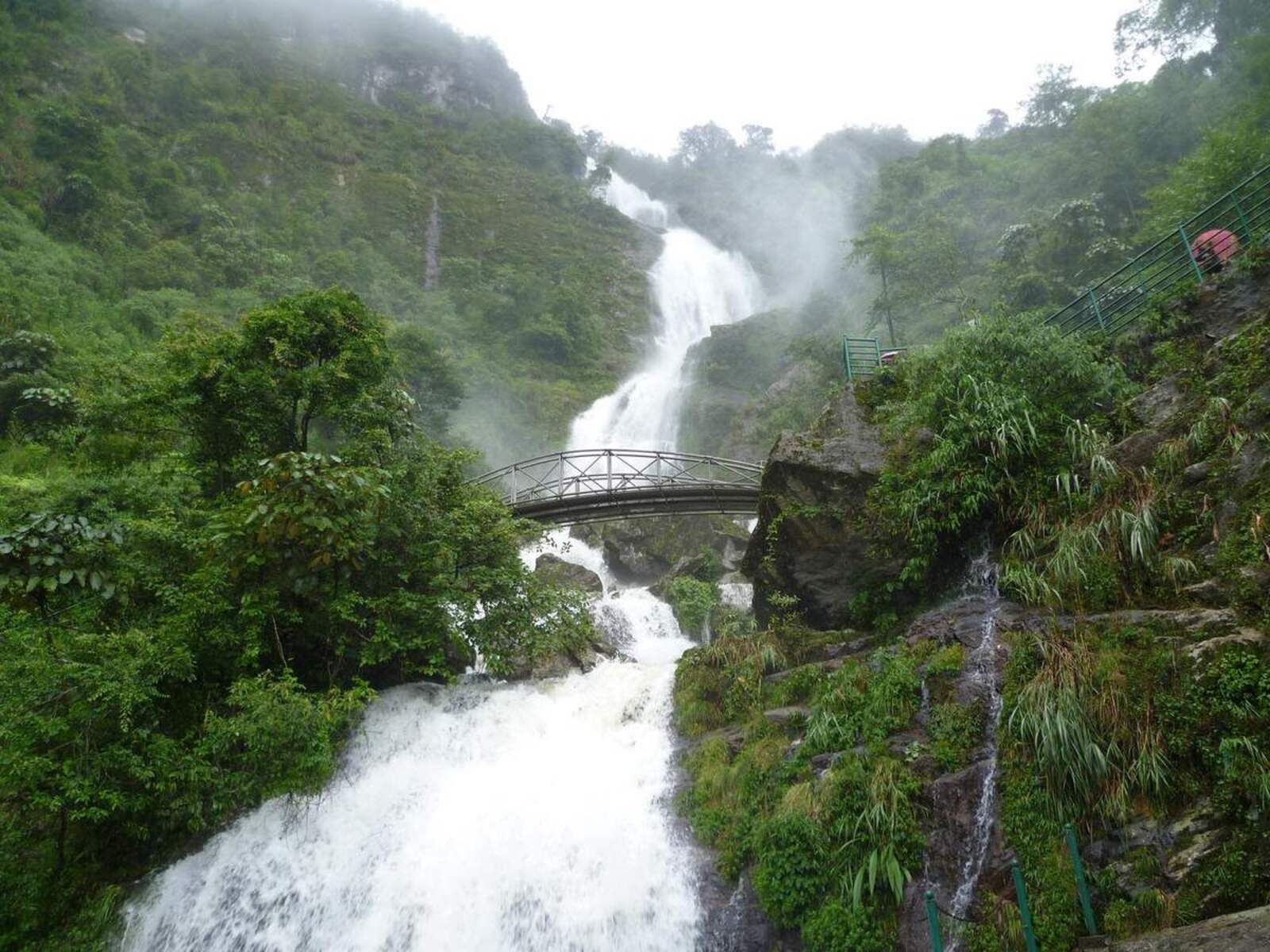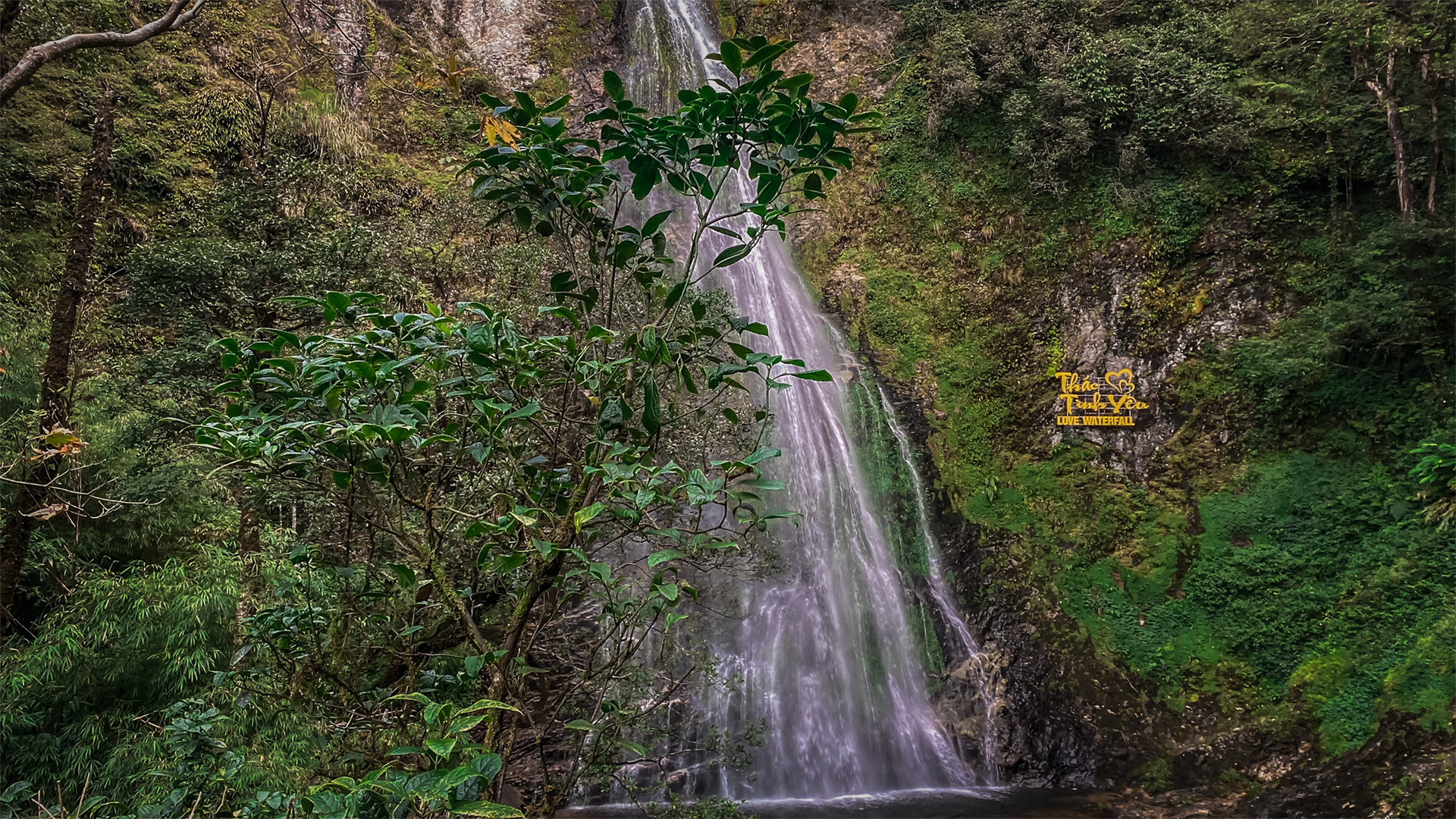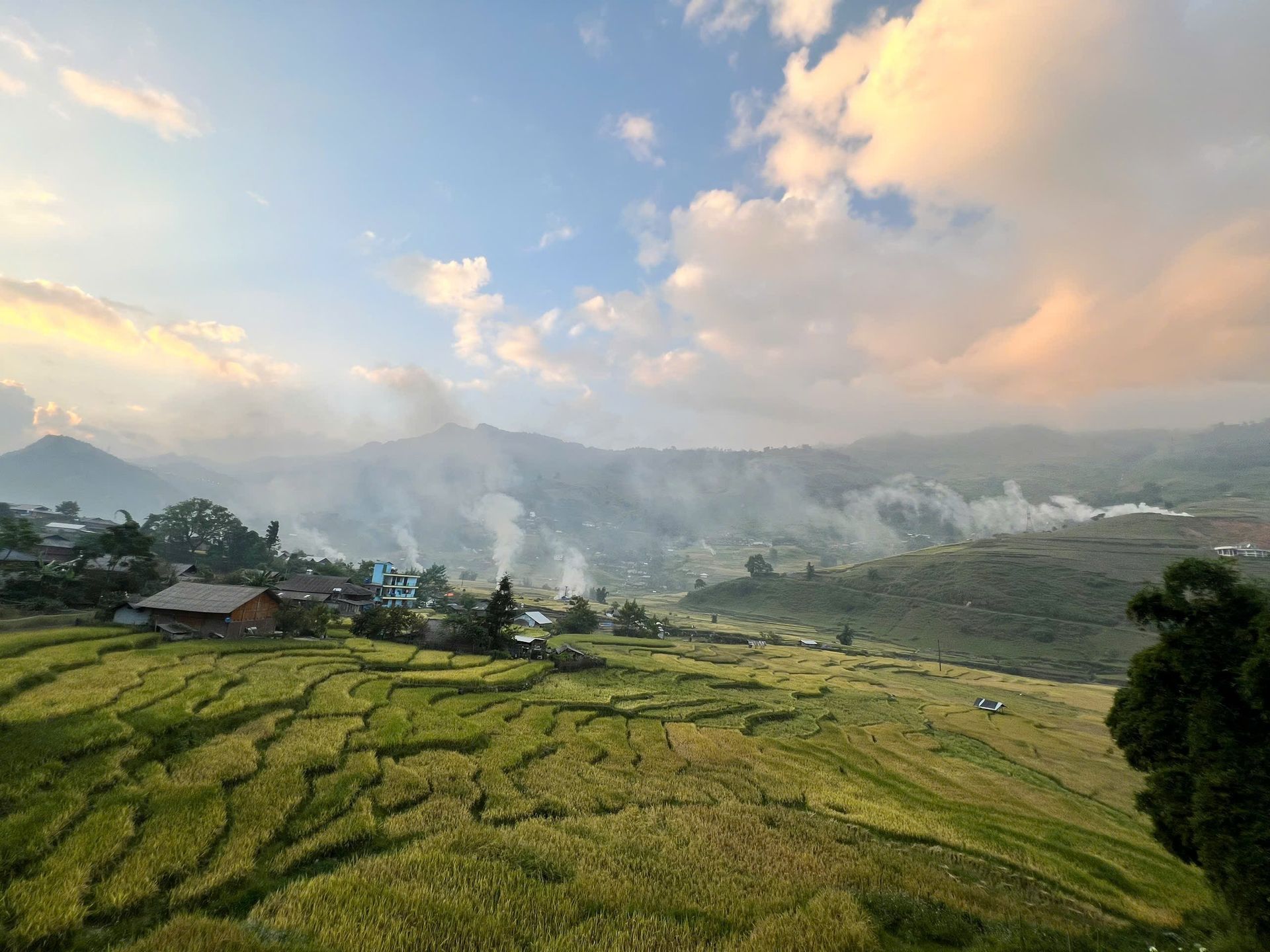Nestled amidst the misty, layered mountains of Sa Pa, the village of Ta Phin is home to the Red Dao ethnic minority, a community rich in tradition. While famous for their exquisite textiles and herbal baths, it is their distinctive wedding ceremony that truly captures the essence of their cultural spirit. Far from the typical wedding processions seen elsewhere, the Red Dao wedding is defined by an extraordinary custom: the bride walks herself to the groom's house.
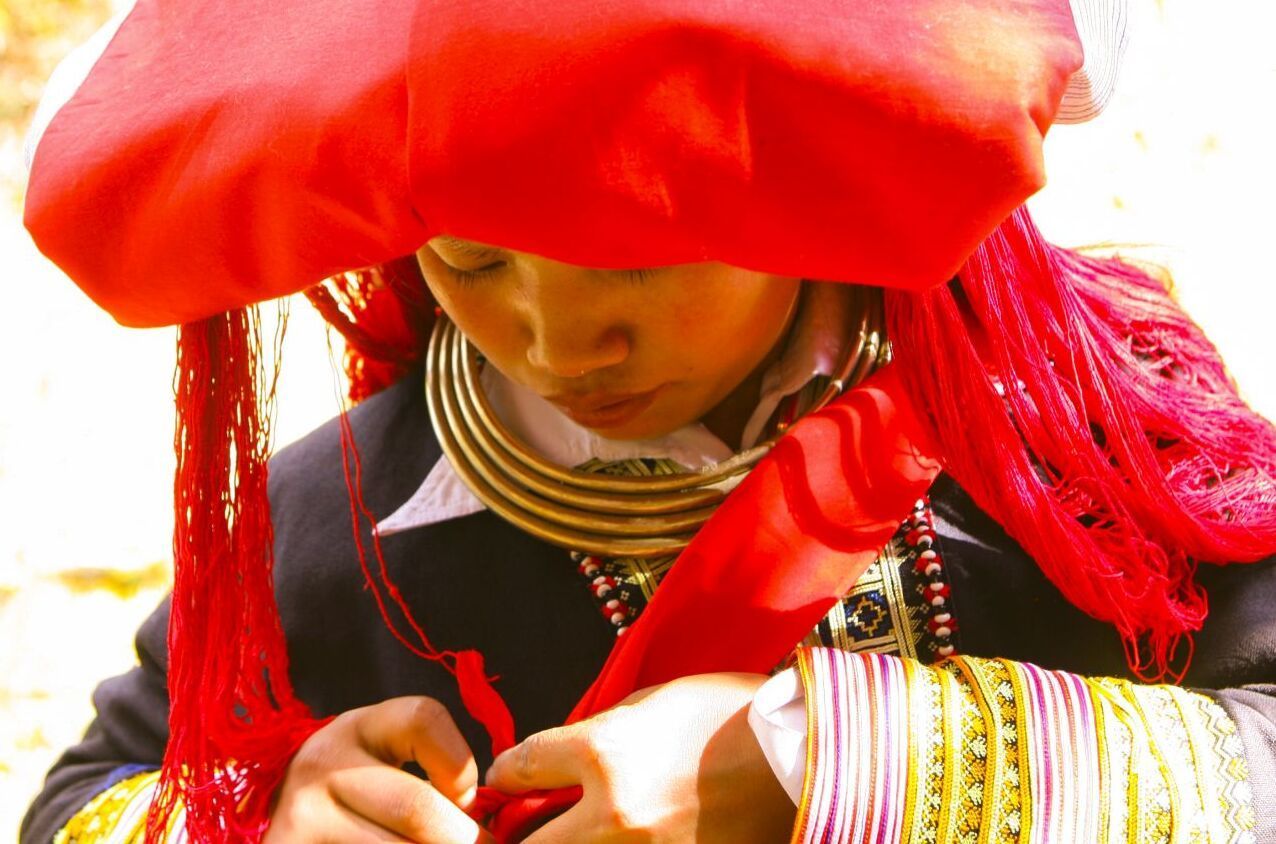
The Process: From Pledge to Celebration
A traditional Red Dao wedding is structured into three main phases: the engagement (Dạm hỏi), the actual wedding ceremony (Lễ cưới), and the post-wedding visit (Lễ lại mặt).
Preparations begin long before the chosen date (often held in the dry season, from October to December). The bride-to-be spends months meticulously hand-embroidering her wedding attire—a masterpiece of color, featuring vibrant reds, blues, and blacks, believed to embody the mountains and sky. These garments are often embellished with dozens of shiny silver coins, which are not merely decorative but symbolize wealth and prosperity for the future couple.
The Unique Procession: A Step of Confidence
The most striking element occurs on the main wedding day. Instead of the groom's family organizing a grand procession to fetch the bride, the bride’s family takes the initiative to bring her over.
This tradition is steeped in cultural significance. It is a profound gesture of respect from the groom’s family towards the bride’s kin. More importantly, it reflects the community's desire for the young woman to step into her new life with autonomy, confidence, and strength. Before leaving her birth home, the bride performs a "soul-asking" ritual (lễ xin vía) to pray for a harmonious and peaceful marriage. As she begins her journey, her face is carefully veiled with a red cloth—a traditional belief to prevent bad luck associated with sunlight touching the bride's face on the way.
The Welcoming and Exorcism Ceremony
The groom’s house prepares a lavish feast and a lively welcoming ceremony. As the bride’s procession approaches, the groom’s musical troop—featuring loud horns (kèn) and drums (trống)—bursts into action. They encircle the approaching party, dancing and playing music in a continuous figure-eight pattern. This symbol represents an enduring bond, wished not only for the couple but also for the long-lasting kinship between the two families.
Before the bride can cross the threshold, an essential ritual takes place: the exorcism ceremony (lễ trừ tà). The Dao people believe the long journey might expose the bride to negative energies. A shaman or ritual master performs this ceremony, spraying sacred water and chanting incantations, often involving a rooster, to chase away any malevolent spirits and purify the space. Only after this ritual is completed can the bride finally enter her new home, greeted by the well-wishes of the entire village.
Conclusion
The Red Dao wedding in Tả Phìn is more than a union of two individuals; it is a profound community event that preserves ancient values. From the months of preparation woven into the elaborate garments to the powerful symbolism of the self-reliant bride and the cleansing rituals, it serves as a stunning reminder of the deep cultural heritage that continues to thrive in the highlands of Sapa.
FOR INQUIRIES AND BOOKING:
Vietnam’s Ethnics Community
Address: 02 Nguyen Chi Thanh, Sa Pa, Lao Cai
Email: booking@ethnicscommunity.com
Whatsapp/Zalo/Phone: +84 944 824 131 | +84 989 454 334
